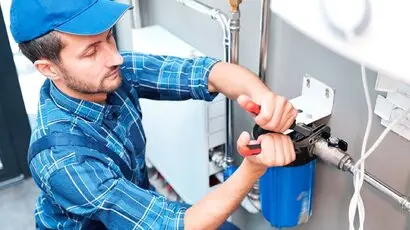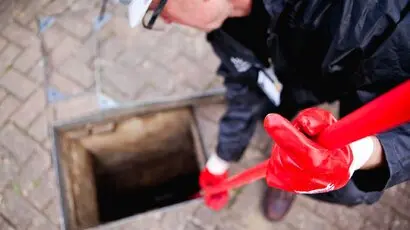How to Unclog Any Drain: Sink, Toilet And Tub
Want to know how to deal with clogs in any drain effectively? Check out our comprehensive guide for some handy tips and tricks to keep your pipelines and drains clean.
Although you never want to deal with slow-running sinks and toilets at home, you can’t prevent such situations altogether.
A clog doesn’t exactly send a warning, does it? That’s why it’s handy to know how to tackle clogs in typical plumbing fixtures before they spiral out of control. Different clogs need various methods and tools for clearing, which you can explore right here.
We’ve tried to simplify things for you by curating this guide on unclogging any drain in a toilet, tub, or sink. Go ahead and read it.
Let’s look at the tools you’ll need to unclog such drains effectively. After that, we’ll discuss unclogging each type of drain.
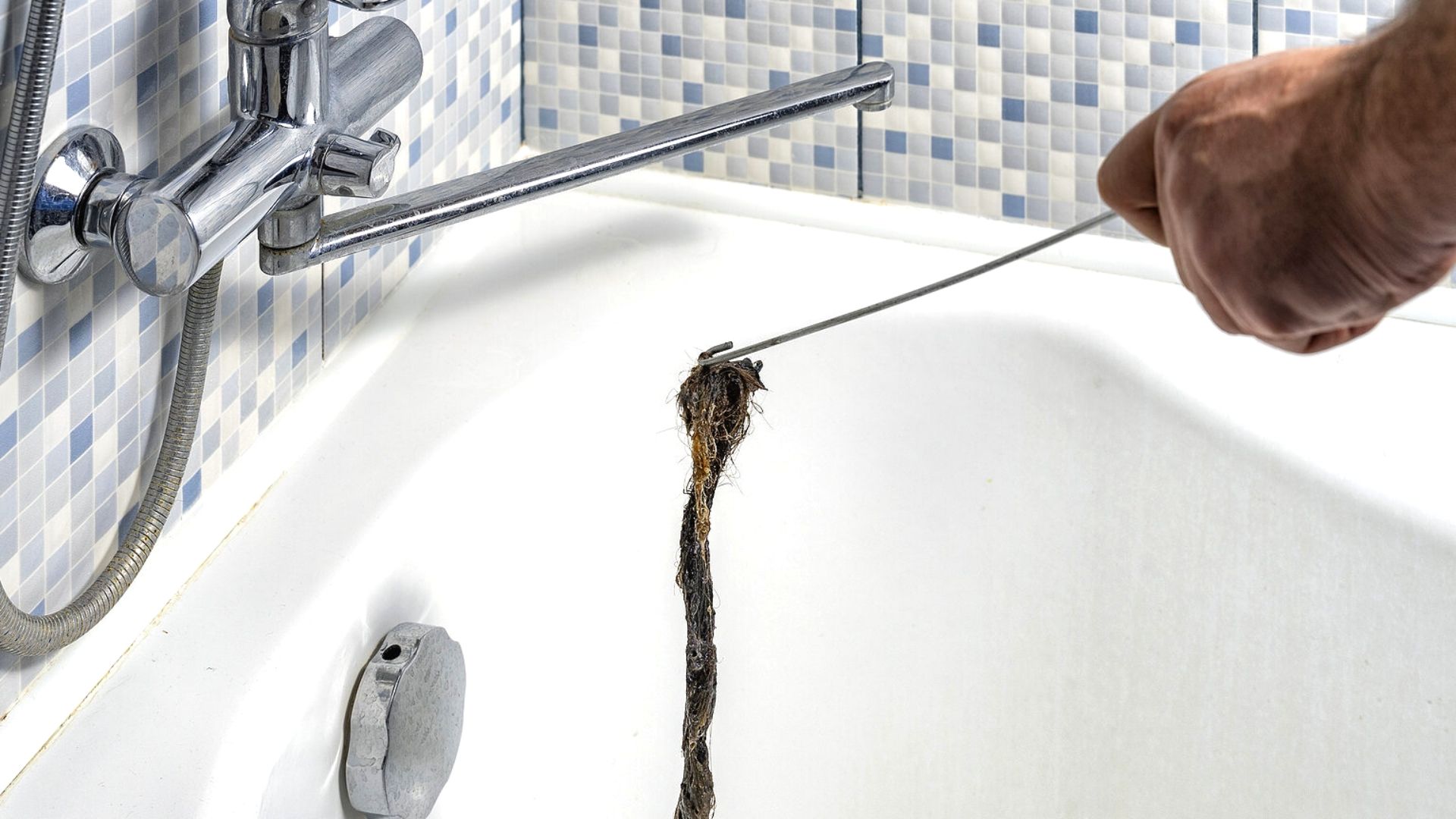
This tool, a long stick with a suction cup on one end, works wonders for clearing clogs in toilets, tubs, and sinks alike. It’s as versatile as it is simple to use.
A plumber’s snake or cable auger will be beneficial if you need to break obstructions lodged deep down the shower drain pipes. An auger is a flexible device with a long steel cable wound around a spool fitted using a crank. Notably, augers are 100 feet long, but you probably won’t need a model more than 25 feet long to tackle a household clog.
You’ll have to rent an electric auger for severe clogs or those far from a fixture. This machine effectively clears almost all stubborn clogs, even those caused by tree roots tangled in the drain.
Lastly, a closet drain auger is specifically designed to drain snake-out toilets. It has a crank like a cable auger, but the cable is enclosed in a shaft rather than a spool. Also, it’s bent at a fixed angle to fit into the tight curves of a trap.
Here’s how you can clear minor clogs with a plunger:
Fill the kitchen sink drains partially with water and start plunging. Ensure you work the plunger up and down several times before pulling it up through the drain’s opening. If the kitchen sink is a double-bowl model, you’ll need to stuff a wet rag in one of the drain openings while plunging the other one.
If plunging doesn’t work, use the cable auger to treat the lower portion of the sink. Firstly, you’ll have to detach the sink trap using a wrench. Note that you can manually unscrew the threaded coupling on PVC plastic traps.
Now, empty the water in the trap into any bucket and ascertain whether the trap has been unclogged.
Start by removing the trap arm from the wall stub-out beside the pipeline.
Feed the cable auger into the stub-out gently until you feel some resistance. At this point, it’s ready to be used further.
Follow this by pulling out 18 inches of the cable and tightening the locking screw. Then, crank the handle clockwise and push simultaneously so that the cable drives further into this pipe.
Again, pull the cable to another 18 inches and repeat the above steps until the blockage is broken. If the cable catches on anything or gets bogged down, turn the crank counterclockwise and pull the drill back.
When the cable is cleared, crank and push it forward again. Then, retrieve it and replace the trap and trap arm.
Finally, test the sink by turning the hot water faucet to ensure it drains correctly. And even if it doesn’t, you don’t have to worry, as the debris from the busted clog may sometimes settle as a temporary loose blockage.
To remove the debris, fill the sink drain with hot water and then work the plunger as advised for dealing with minor clogs.
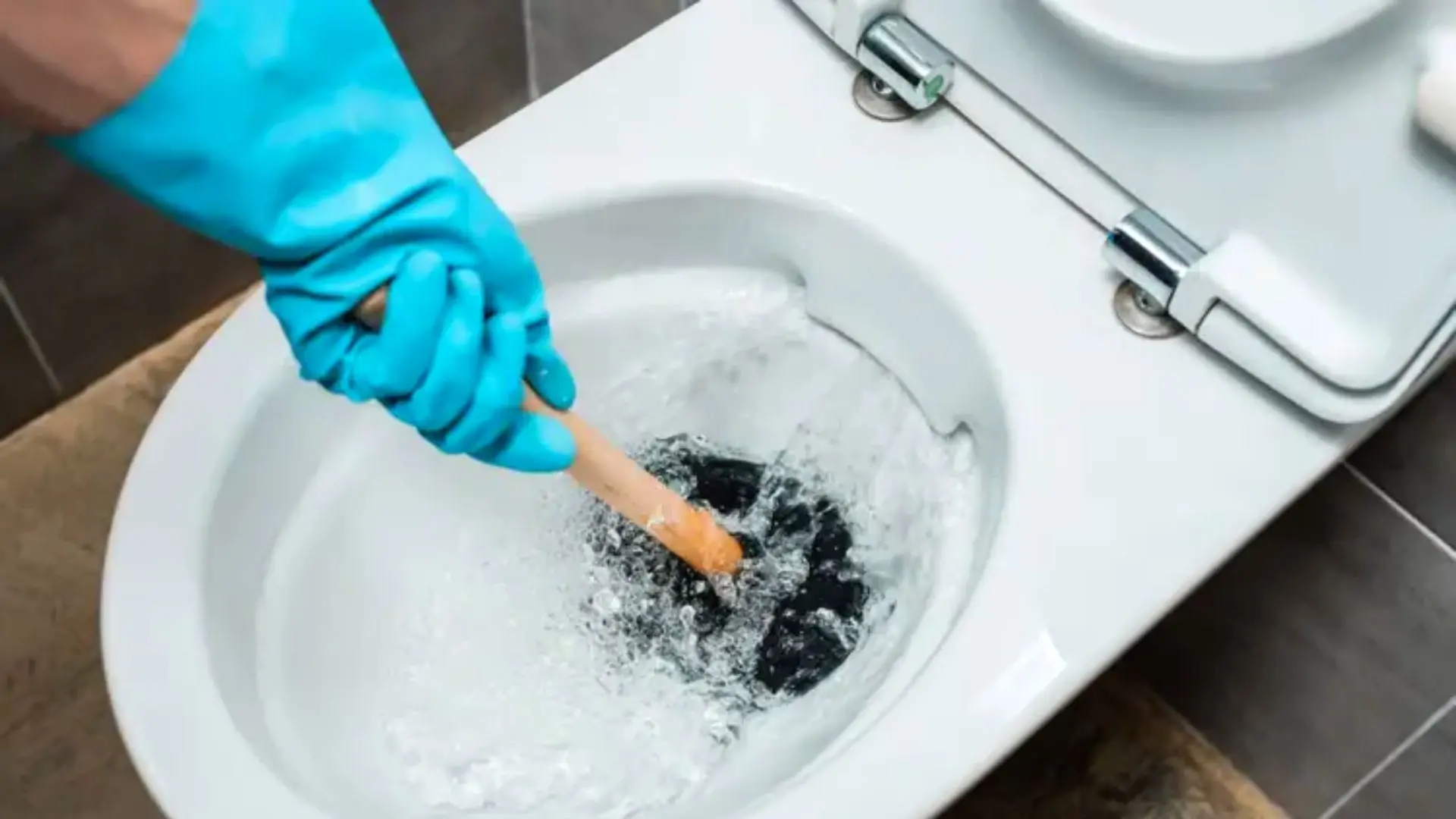
A clog often occurs at the upper portion of the up-curving and tight trap in the fixture when it comes to toilets. A plunger can help clear the clog in a few cases, but you might have to use a closet auger in most situations.
It would help if you began by placing the end of the auger in the bowl with the bent tip aiming up.
Hold the tool’s shaft steady, then crank and exert the handle at the start. You can feel the snake moving up and through the trap during this step.
Keep going with this step until about three feet of cable is out. To retrieve it, pull up while cranking at the same time. It’s an easy rhythm once you get the hang of it.
Complete the process by flushing the toilet to clear the drainpipe. If it’s still sluggish, you can run the device through the trap twice — once on the left and then again on the right.
It’s worth noting that bathtubs rarely stop draining suddenly. Clogs generally build up within many weeks, so the tub drains more slowly each day.
As in the case of bathtub clogs, you’ll have to start treating the clogged toilet using a plunger. Here’s how you should proceed:
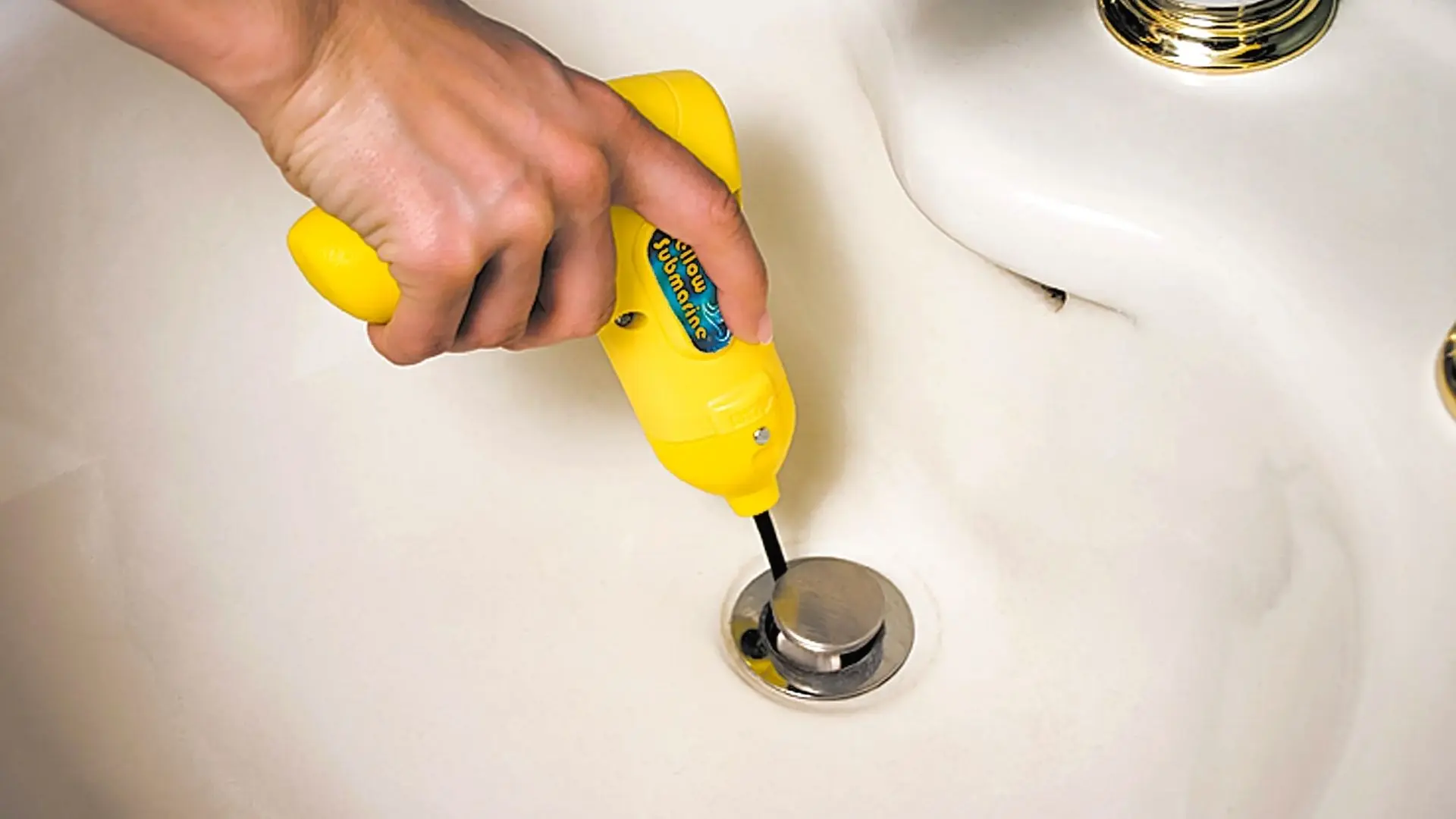
Firstly, remove the screen from the tub drain, fishing out soap scum or hair with the help of a bent wire.
In the case of a pop-up tub, you’ll have to pull up the lever to open it and then grab the drain stopper.
Next, clean all the soap and hair in and around the hole. This will usually fix things.
If the overflow plate’s holes on the other side are not covered with a wet rag, cover them with a wet rag and begin plunging again if there is no substantial effect.
If the clog isn’t cleared, you’ll have to use a cable auger.
Begin by removing the overflow plate from the tub end; the stopper link will detach.
Now, feed around 30 inches of the cable through the overflow tube.
You’ll then have to turn the hand crank and push forward. You might feel some resistance, but you must keep cranking the tool until the cable goes further into the P-trap below the tub.
Retrieve the cable and pour a few gallons of hot water into the bathtub drain. Then, put back the overflow plate and the seal or screen.
Clogged drains are often caused by a build-up of debris, grease, hair, and other gunk. They’re common in kitchen sinks, toilets, and garbage disposals. Luckily, there are steps you can take to prevent these clogs from happening at home.
One easy DIY natural drain cleaner method is to pour baking soda and boiling water down the clogged drain weekly. The baking soda helps scrub away grease, while the boiling water flushes debris. Mix 1⁄4 cup baking soda with 1 cup vinegar for an easy homemade drain cleaner. Pour the fizzy mixture down the clogged drain, let it sit for 15 minutes, and then rinse with boiling water.
To help prevent toilet clogs, avoid flushing anything besides toilet paper down the toilet bowl. Items like wipes, tissues, and other trash can get stuck, creating clogged drains. You can also do regular drain cleaning as preventive maintenance. Snaking drains every 3-6 months removes built-up gunk and helps keep your drains free-flowing. We advise not to use a chemical drain cleaner for any drain blockage. Although they may clear the drain clog, harsh liquid drain cleaners can cause more damage to plumbing.
Practising good habits like wiping grease from pots/pans before washing, using drain strainers, limiting food waste in sinks, and avoiding harsh chemicals will also help avoid clogged drains in your kitchen sinks, tubs and other plumbing systems. Preventing clogs is much easier than dealing with a backed-up clogged drain!
Feeling more confident about tackling those awkward bathroom clogs now? Go on, give it a shot, and keep your plumbing system in top shape.
Before attempting the job, get hold of both a cable auger and plunger; you never know which of the two you’ll ultimately need.
But, if the clog is still stuck, it may be time to consider a licensed plumber. If you are in Melbourne, contact the plumbers at WP Plumbing. Our drain specialists can unblock your drain in no time so that you can get back to everyday life!
On that note, we’ll wrap things up. Take care until next time! Good luck the next time you unclog a drain!
Are you experiencing blocked drains and struggling to find a reliable plumber in Melbourne? Read on to learn what you need to know before hiring a drain cleaning professional!
Are you tired of cleaning clogged drains each time you wash your dog? We are here with tips and tricks to save you from the hassle.
Want to know about the damages a clogged drain can cause if left untreated? Then check out our guide, where we’ve discussed the aftermath of blocked drains.
